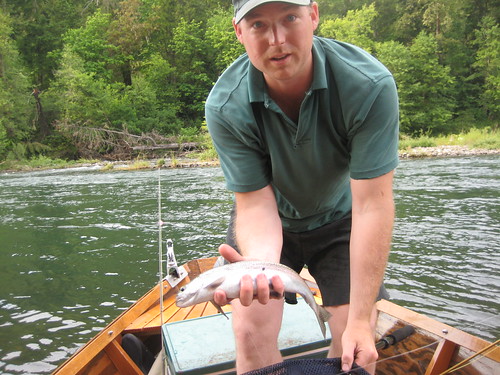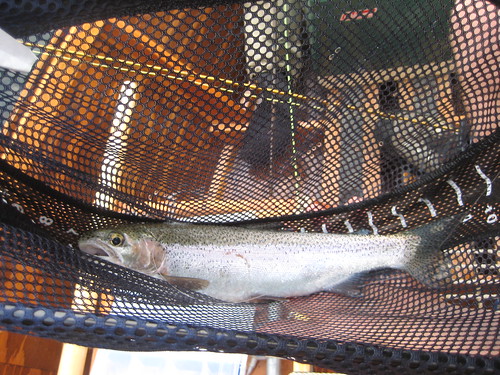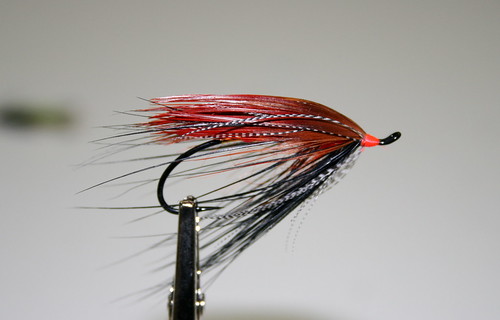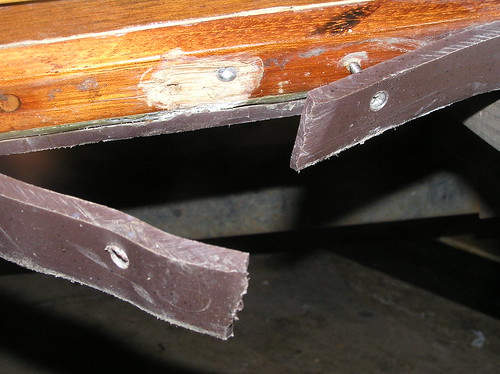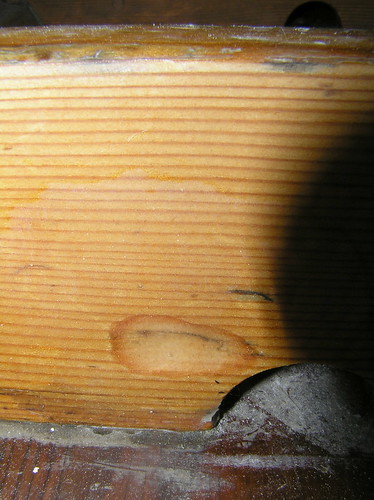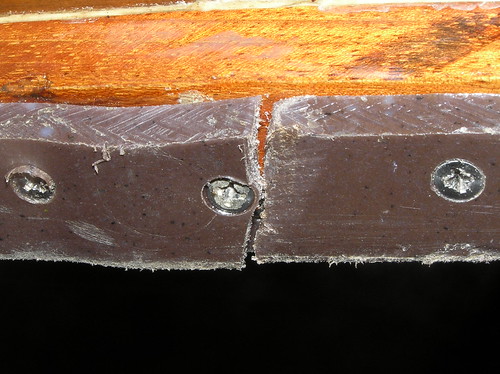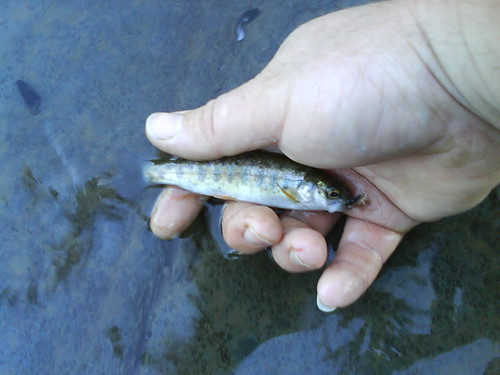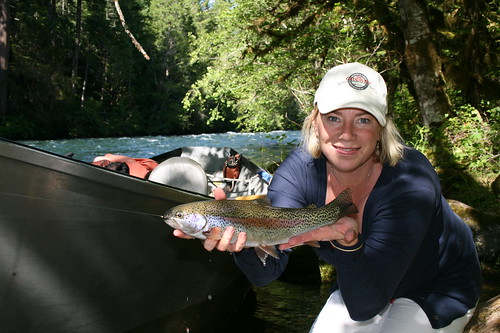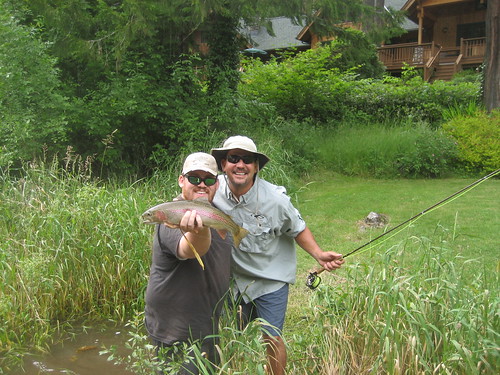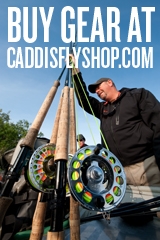According to professional fly fishing photographer Brian O’Keefe’s website, he has been serious about fly fishing for the past 30 years. During the past 20, cameras have played a significant part in his outdoor lifestyle. You might say that is an understatement.
An Oregonian, O’Keefe has fished and photographed the most amazing location across the globe. He’s also a veteran fly fishing gear rep and former fly shop employee and guide. He’s done it all. We cornered O’Keefe for a short discussion on how he got into the fly fishing photography business and asked him to offer some tips for readers.
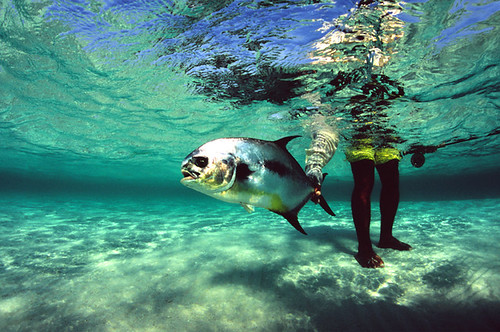
How did you get into shooting fly fishing photography professionally?
BO: Basically, when I was about 5th grade given a camera for Christmas because my parents didn’t believe I was catching big bass in Lake Washington near our home in Seattle. They thought it was a real joke, so they bought me a camera. Spring rolled around and I used that little cartridge of film. They were surprised that I had all these bass pictures, but I was clueless of the behind the scenes joke.
I took that stupid little camera everywhere, got into darkrooms in high school. I sold a few black and whites to local newspapers, but never seriously thought about selling these things. I didn’t know how to do it.
Then one day I was working at a fly shop in Bend around 1976, and an editor of a fly fishing magazine that is now out of business now came into the shop. We were chewing the fat and I blurted out, “I take a lot of pictures, would you like to see some?” I brought them down to the store the next day, he looked at them and said, “Hey can I take these back to the office? The next year had a few cover shots. It was a stepping stone to other magazines.
Do you have trouble balancing photography and fishing when your one trips? It seems so hard to do both.
BO: Yes and no. If I have a magazine assignment in Alaska, Baja or Chile, if someone is forking over for airport and lodging, I’m all business with a camera. When I’m doing a big job I make a list [of shots to get].
After 40 some years of fly fishing, I don’t have to catch a ton of fish every day. I don’t need to have the rod in my hand all day. It works to my advantage. Photography is sometimes more challenging. I don’t care if someone else catches a fish as long as it’s getting it done. After quite a few years as a guide, you get patient.
But if I’m in the middle of a great hatch that lasts 45 minutes, I want some of that action.
What camera equipment can’t you live without?
BO: It would definitely be a Pelican Waterproof case for an SLR camera with decent lenses. I don’t spend a lot of money on bodies, but lenses that go for $1500 – keeping those dry and safe is the number one deal.
I’m not a gear-a-holic. I often go on a major job with one body and two lenses – a medium telephoto, a wide angle and a flash. If my one body gets wet in Chile I’m screwed because I don’t have a backup, but I carry an indestructible 10 megapixel point-and-shoot for emergencies. Spare, utilitarian — I don’t have a lot of fluffy trick lenses.
That’s a lot of stuff to lug around. If I’m going to Alaska I want a big lens for bears and eagles, but I try to keep it to a minimum.
One thing that’s important for SLRs is a polarizing filter. You wear polarized glasses for fishing, and a polarizing lens on a camera is important too. I never take a tripod. It’s too bulky, snags fly line. I use a tree limb, or fence post to brace the camera. Holding the camera still is 30% of taking a good photograph.
In all your trips, New Zealand, Africa, wherever — which was your best production?
BO: My best stuff came from Estancia del Zorro — The Ranch of the Fox, a small operation in Southern Chile that only hosts a few anglers at a time. It’s a series of ranches owned by one family. I got the gig to go take pictures for the owner. It’s one of those places — put it on your list. It’s a place where you can’t take a bad picture, stunningly beautiful. The fish are big and full, great food and wine. It’s a place where you could take pictures with your eyes closed.
Any advice for obsessed, aspiring youngsters who want to get in the business of fly fishing – be it guiding, photography or something else?
BO: Have a rich girlfriend (if you’re female, vice versa). With gas prices, going places is expensive. I’m going back to a carpooling attitude when I go fishing. I went up to a lake 110 miles away last week and I called four people and we all chipped in for gas like I was in high school. I’m keeping track of how much I’m spending on all of my trips.
A good way to get into it is to go fish bum. Weekend warrior stuff can be frustrating. It’s crowded. You don’t know where to go.
Bite off a chunk of your life and bum around Alaska, the Rockies, or fish steelhead. Learn the hatches or the migratory fish. People gain friendships, business opportunities — if you get good you can guide. There’s a lot more to being a fishing bum than being a bum. It can be a stepping stone. It’s not a derogatory phrase. There is nothing wrong with camping out for a while in the more interesting places in North or South America.

